Zamknij arrow_back
- Nowości
-
Mapy i publikacje
add remove Mapy papierowe add removePublikacje papierowe add remove
-
Nawigacja
add remove Zegary add removeBarometry add removeTermometry , Higrometry, Barografy add removeAreometry (Densymetry) add remove
-
Sygnalizacja
add remove Lampy Nawigacyjne, Szperacze add removeŻarówki add removeLatarki add removeZnaki dzienne add remove
-
Środki ratunkowe
add remove Kamizelki add removeTratwy add removeKombinezony ratunkowe add removePirotechnika morska add removeKoła, Pławki, Tyczki add removeUprzęże, Linki, Taśmy Bezpieczeństwa add removeReflektory radarowe add removeBosaki, Wiosła add remove
-
Elektronika morska
add remove Radiotelefony add removeOdbiorniki Pogody add removePLB / AIS MOB, OLAS add removeRadiopławy, Transpondery add removeWiatromierze add removeAkcesoria add remove
-
Sprzęt pożarowy
add remove Akcesoria add remove
-
Wyposażenie pokładowe
add remove Drabinki Pilotowe, Ewakuacyjne add remove
- Nowości
-
Mapy i publikacje
add remove Mapy papierowe add removePublikacje papierowe add remove
- Nawigacja add remove
- Sygnalizacja add remove
- Środki ratunkowe add remove
- Elektronika morska add remove
- Sprzęt pożarowy add remove
-
Wyposażenie pokładowe
add remove
Guidelines for the Design and Construction of Offshore Supply Vessels (OSV) 2006, 2007 Edycja
These Guidelines have been developed for the design and construction of new offshore supply vessels with a view to promoting the safety of such vessels and their personnel, recognizing the unique design features and service characteristics of these vessels.
Furthermore, these Guidelines provide a standard of safety equivalent to the relevant requirements of the International Convention for the Safety of Life at Sea, 1974, as amended, and in particular to the stability criteria of the Code on Intact Stability for all Types of Ships Covered by IMO Instruments (IS Code), as amended.
Provisions for offshore supply vessels carrying more than 12 industrial personnel are not included in these Guidelines.
When an offshore supply vessel is used for special purposes, such as diving assistance or oceanographic surveys, the persons on board in connexion with these special purposes should be treated as special personnel.
The content of these Guidelines was reviewed in 2006 in order to update the references contained therein, to enhance subdivision and damage stability requirements, to remove duplication of the content between the Guidelines and the IS Code and to introduce an appropriate documentation of compliance with the Guidelines.
Furthermore, these Guidelines provide a standard of safety equivalent to the relevant requirements of the International Convention for the Safety of Life at Sea, 1974, as amended, and in particular to the stability criteria of the Code on Intact Stability for all Types of Ships Covered by IMO Instruments (IS Code), as amended.
Provisions for offshore supply vessels carrying more than 12 industrial personnel are not included in these Guidelines.
When an offshore supply vessel is used for special purposes, such as diving assistance or oceanographic surveys, the persons on board in connexion with these special purposes should be treated as special personnel.
The content of these Guidelines was reviewed in 2006 in order to update the references contained therein, to enhance subdivision and damage stability requirements, to remove duplication of the content between the Guidelines and the IS Code and to introduce an appropriate documentation of compliance with the Guidelines.
Podobne z kategorii
Availability: 2 In Stock
This publication presents engineering specifications for fire safety equipment and systems required by SOLAS chapter II-2 concerning:
- international shore connections
- personnel protection
- fire extinguishers
- fixed gas fire-extinguishing systems
- fixed foam fire-extinguishing systems
- fixed pressure water-spraying and water-mist fire-extinguishing systems
- automatic sprinkler, fire detection and fire alarm systems
- fixed fire detection and fire alarm systems
- sample extraction smoke detection systems
- low-location lighting systems
- fixed emergency fire pumps
- arrangement of means of escape
- fixed deck foam systems
- inert gas systems
- fixed hydrocarbon gas detection systems.
Availability: 1 In Stock
The International Convention for the Prevention of Pollution from Ships,1973 (MARPOL Convention), is concerned with preserving the marine environment through the prevention of pollution by oil and other harmful substances and the minimization of accidental discharge of such substances. Its technical content is laid out in six Annexes, the first five of which were adopted by the 1973 Convention, as modified by a 1978 Protocol. These Annexes cover pollution of the sea by oil, by noxious liquid substances in bulk, by harmful substances in packaged form, by sewage from ships and by garbage from ships. Annex VI was adopted by a further Protocol in 1997 and covers air pollution from ships.
The 2022 consolidated edition provides an easy and comprehensive
reference to the up-to-date provisions and unified interpretations of the articles, protocols and Annexes of the MARPOL Convention, including the incorporation of all of the amendments that have been adopted by the Marine Environment Protection Committee (MEPC) with entry into force up to 1 November 2022.
Availability: Out of stock
This Guide has been developed to consolidate existing IMO maritime
security-related material into an easily read companion guide to SOLAS
chapter XI-2 and the ISPS Code in order to assist States in promoting
maritime security through development in the requisite legal framework,
associated administrative practices, procedures and technical and human
resources.
It is intended both to assist SOLAS Contracting Governments in the
implementation, verification, compliance with, and enforcement of, the
provisions of SOLAS chapter XI-2 and the ISPS Code. It should also serve
as an aid and reference for those engaged in delivering capacity-
building activities in the field of maritime security.
This second edition of the Guide incorporates guidance approved by the
Maritime Safety Committee on the development of maritime security
legislation as well as maritime cyber risk management, and includes
updated sources for further information to support the implementation of
the ISPS Code.
Availability: 3 In Stock
The *Mission Coordination* volume assists personnel who plan and
coordinate SAR operations and exercises.
A new edition of the IAMSAR Manual is published every three years. The
2022 edition includes amendments, adopted by the International Civil
Aviation Organization (ICAO) and approved by the Maritime Safety
Committee of the International Maritime Organization (IMO) at its 103rd
session in May 2021 by means of MSC.1/Circ.1640, which become applicable
on 1 June 2022.





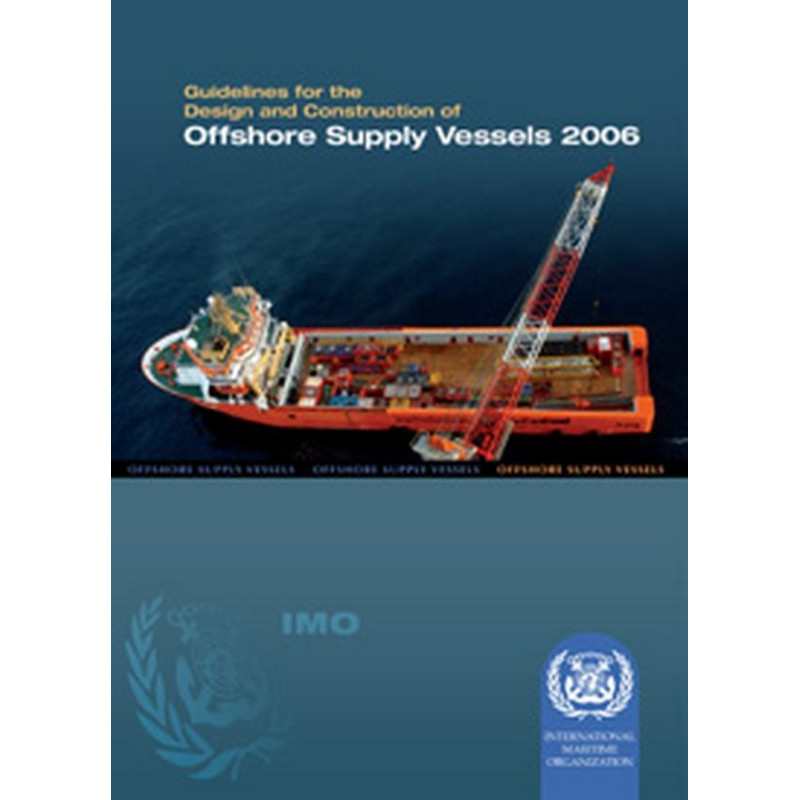

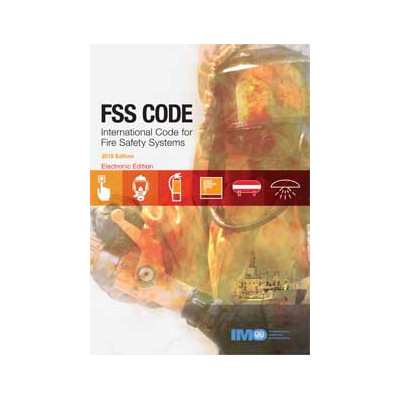
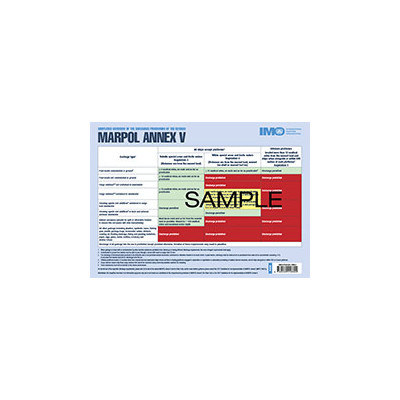
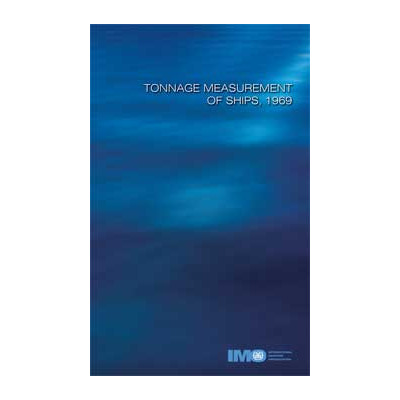
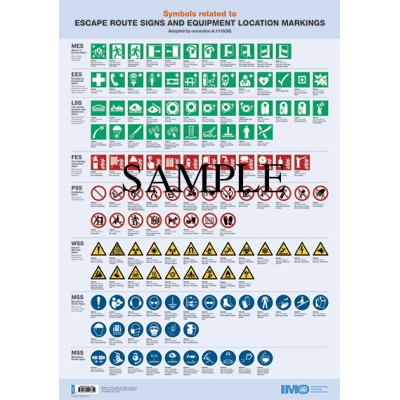
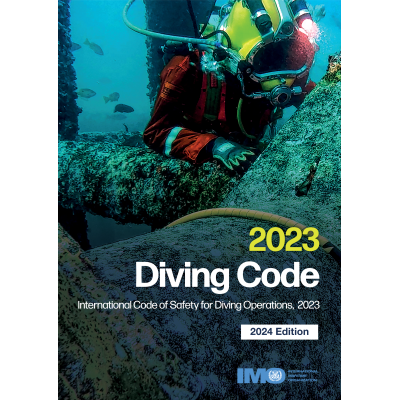

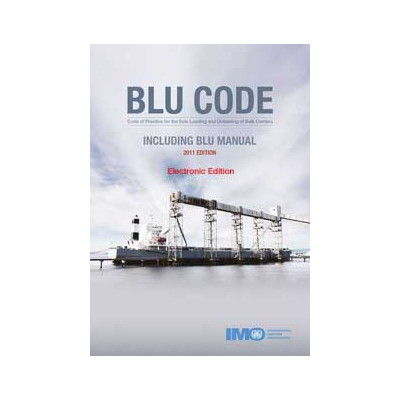
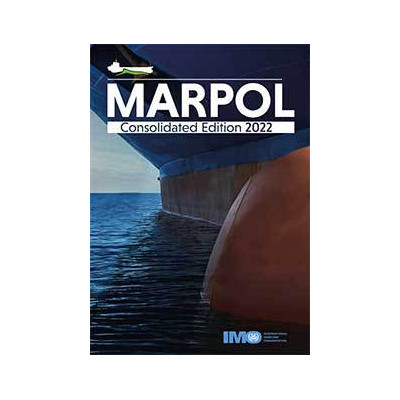
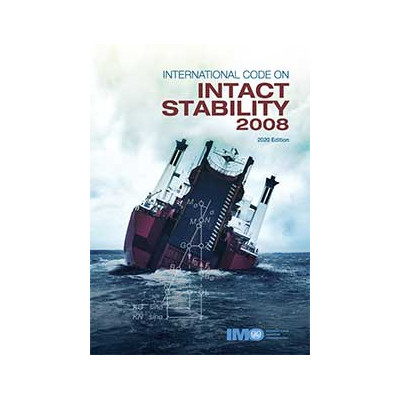
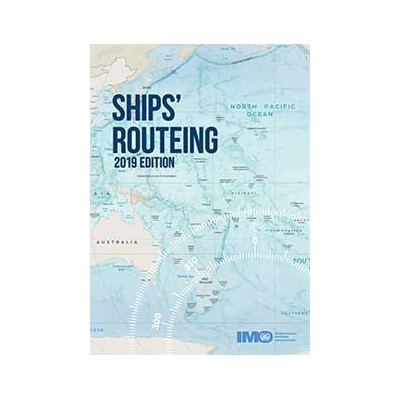
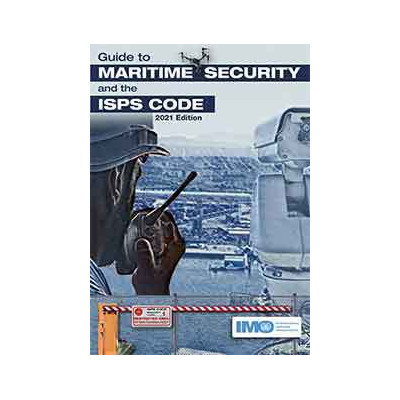
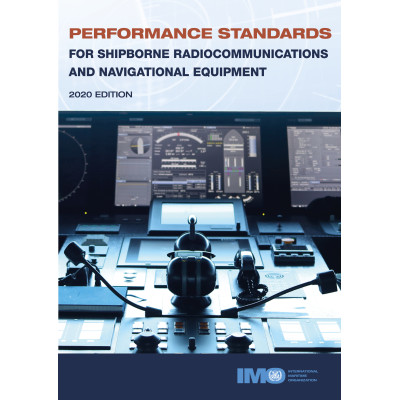

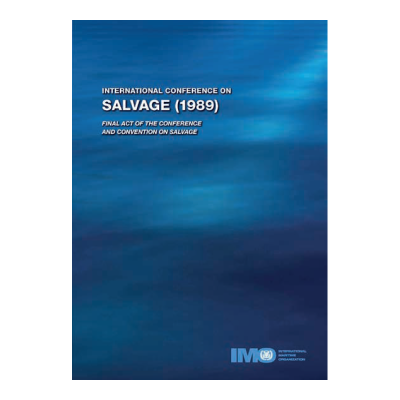
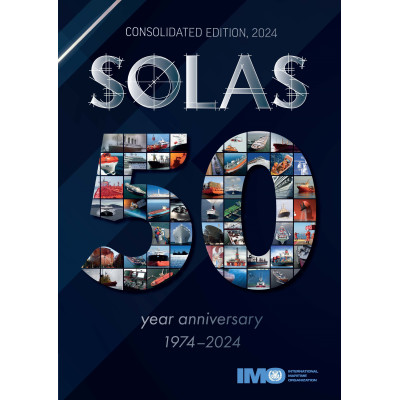
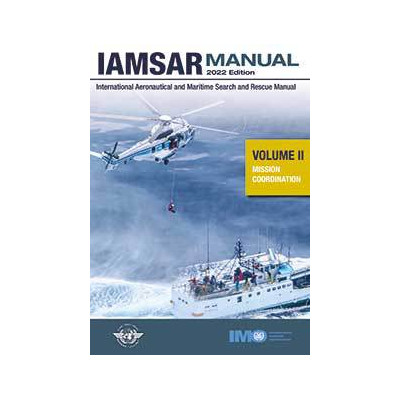
 Cookies
Cookies